- today
- label News
- favorite 10 likes
- remove_red_eye 13255 views
- comment 0 comments

I. What is Cork
The cultivation of the cork tree, mainly the cork oak (Quercus suber), is an important agricultural and forestry activity in certain Mediterranean regions. Here is an overview of this culture:
1. Characteristics of Cork Oak
- Geographical distribution : Cork oak is mainly cultivated in Mediterranean regions, notably Portugal, Spain, Italy, France (especially Corsica and Provence), Morocco, Tunisia and Algeria.
- Habitat : It prefers poor, sandy, well-drained soils, and is well adapted to hot, dry climates.
- Lifespan : The cork oak can live for several centuries, often up to 200 years and sometimes more.
2. Cultivation and Operation
- Planting : Planting young cork oaks is generally done in early autumn or spring. Seedlings are often protected to avoid grazing and promote their growth.
- Pruning and maintenance : Regular maintenance is necessary to keep trees healthy. This includes pruning to encourage the growth of thick, good quality bark.
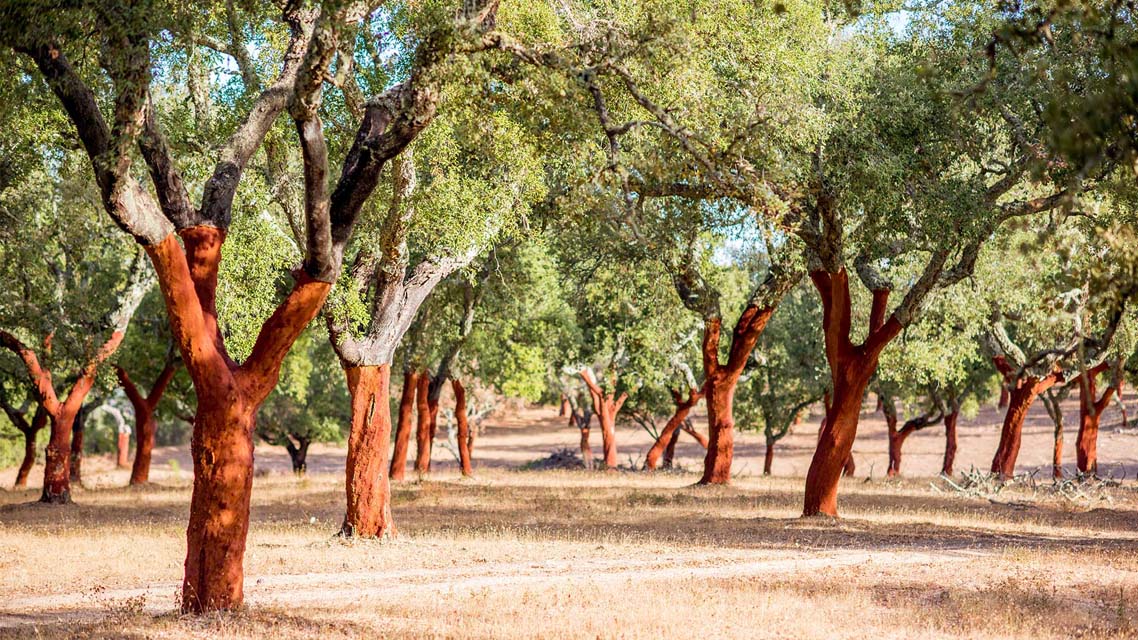
3. Cork harvest
- First unmasking : The first cork harvest, called “unmasking”, takes place when the tree reaches around 25 years old. This first bark, called "male cork", is of lower quality and is mainly used for industrial products.
- Subsequent harvests : Subsequent harvests take place every 9 to 12 years. The cork from these harvests is of much higher quality and is used to make wine corks and other products. The harvested cork is called “female cork”.
- Harvesting Process : Harvesting is done manually using specialized tools to avoid damage to the tree. Harvesters must be trained to make precise incisions that do not harm the health of the tree.
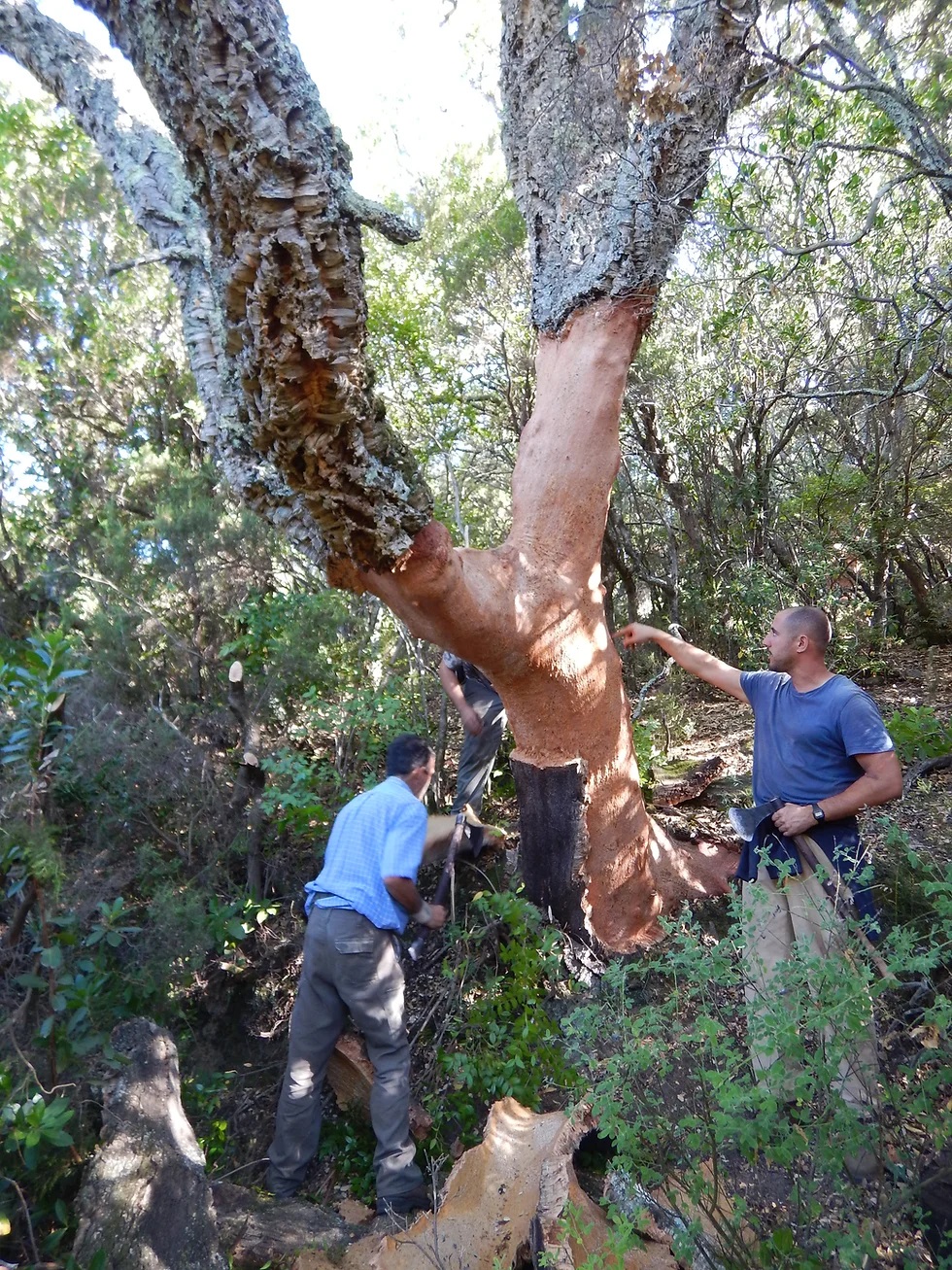
4. Uses of Cork
- Wine corks : The main use of cork is to make stoppers for wine bottles, due to its elastic and waterproof properties.
- Other products : Cork is also used in construction (insulators), fashion (bags, shoes), design (wall and floor coverings ), various craft objects and for several years it has also been used as a growing medium. due to its low environmental impact.
5. Ecological and Economic Importance
- Biodiversity : Cork oak forests are ecosystems rich in biodiversity, sheltering numerous plant and animal species.
- Soil and water preservation : These forests play a crucial role in preventing soil erosion and regulating the water cycle.
- Local economy : The cultivation and exploitation of cork are important sources of income and employment in rural Mediterranean regions.
6. Challenges and Perspectives
- Climate change : Global warming and variations in precipitation can affect the growth of cork oaks and the quality of the cork.
- Economic pressures : Competition from synthetic materials and changing markets can pose challenges for cork producers.
- Sustainability initiatives : Efforts are underway to promote sustainable management practices of cork oak forests and promote cork products through ecological labels and certifications.
II. Use of cork in plant cultivation
Cork is used in a variety of ways in plant cultivation, thanks to its unique properties such as its lightness, air permeability and ability to retain moisture. Here are some of the common uses of cork in horticulture and plant growing:
1. Cultivation Substrate and Soil Amendment
- Improved drainage : Mixed with soil, cork can improve drainage and aeration, which is especially helpful for plants sensitive to excess moisture.
- Water Retention : Cork can retain a significant amount of water while allowing good aeration, which helps maintain stable humidity for plants.
2. Mulch
- Soil Protection : Used as mulch, cork helps reduce water evaporation, control weeds and protect soil from erosion.
- Thermal insulation : By regulating soil temperature, the use of cork in the soil can protect plant roots from extreme temperature variations.
3. Hydroponics
- Growing Media : Cork pieces can be used as growing media in hydroponic systems. They provide a stable base for the roots while allowing good circulation of water and nutrients. It is also mixed with other more classic growing media such as coconut fiber.
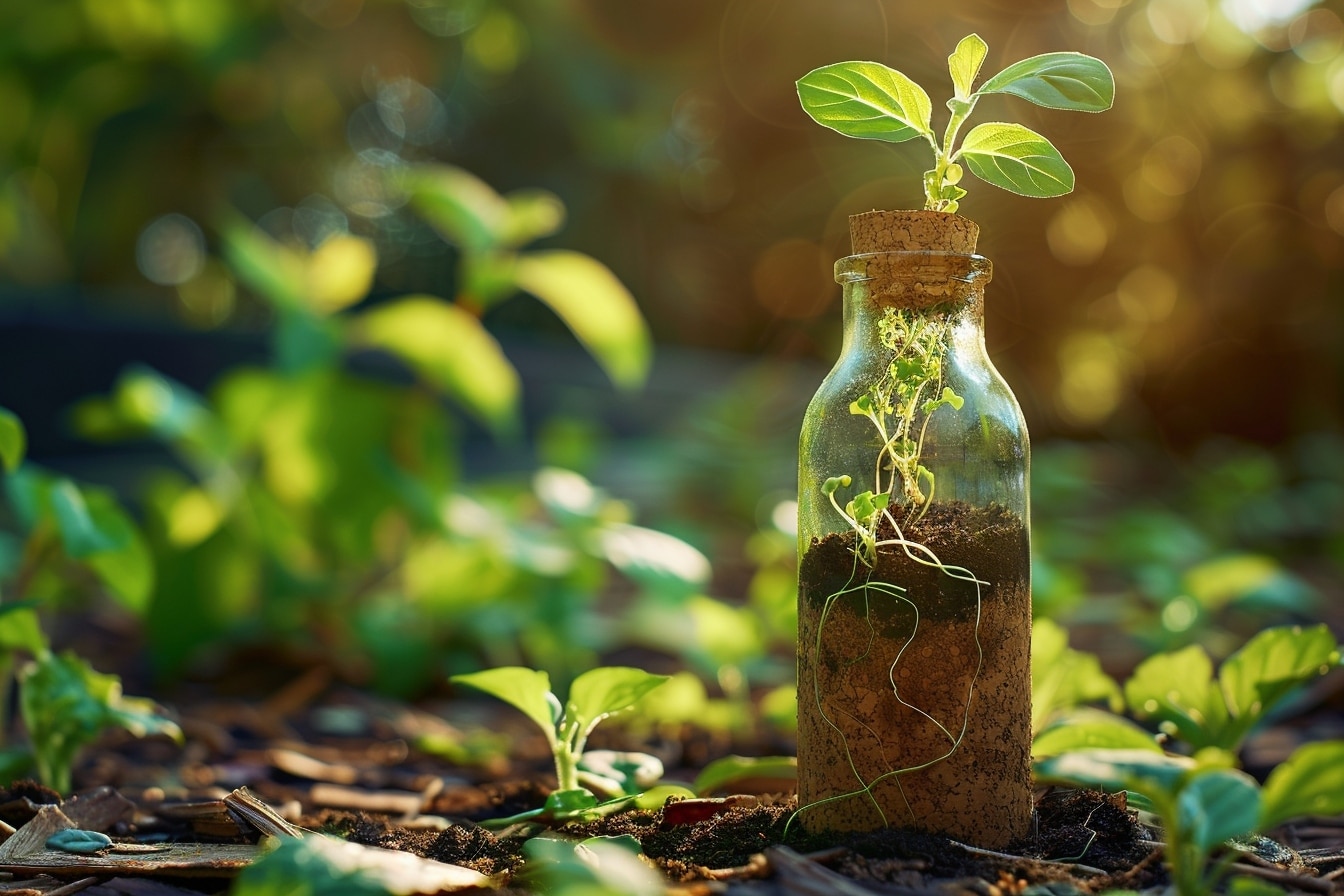
4. Orchids and Epiphytes
- Mounting Plants : Cork is often used to mount orchids and other epiphytic plants. These plants grow naturally on trees and cork, with its rough surface and ability to retain moisture, mimics this type of environment well.
- Cork boards : Cork boards or plates can serve as supports on which epiphytic plants can hold on and grow.
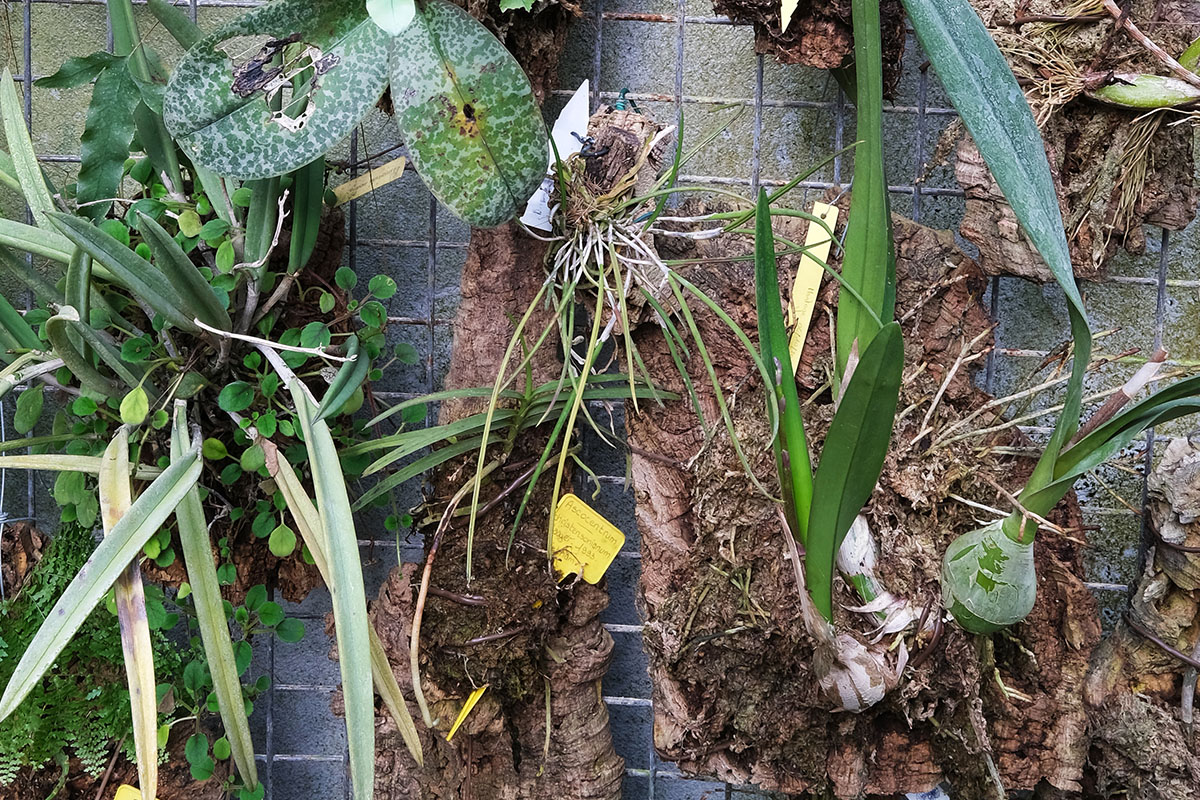
5. Plant Propagation
- Cuttings : Cork pieces can be used as supports for plant cuttings, as they provide good ventilation and retain enough humidity to encourage root formation.
6. Decoration and Landscaping
- Decorative elements : Cork is also used in landscaping to create natural and durable decorative elements. It can be used to make borders, garden paths or decorative elements in gardens.
- Terrariums : In terrariums, cork is often used to create natural structures and backgrounds for plants and animals, providing an aesthetic and functional environment.
7. Production of Commercial Substrates
- Component of Commercial Mixes : Many commercial plant media mixes contain cork as an ingredient, due to its beneficial properties for soil structure and water retention.
III. Ecology and sustainability
Cork is considered an ecological and sustainable material for several reasons, mainly related to its origin, its harvesting process, and its intrinsic properties. Here are the main reasons:
1. Renewable Source
- Long-lived tree : The cork oak (Quercus suber) can live up to 200 years or more, allowing for multiple harvests during its life.
- Natural regeneration : After each harvest, the bark of the cork oak regenerates naturally without requiring the felling of the tree. The first harvest takes place after approximately 25 years, then the bark can be harvested every 9 to 12 years.
2. Sustainable Harvesting Practices
- Non-destructive method : Harvesting cork bark is a manual process that does not harm the tree. Workers use specialized tools to remove the bark without damaging the trunk.
- Long Recovery Period : The 9-12 year period between harvests allows trees to fully recover, ensuring their health and longevity.
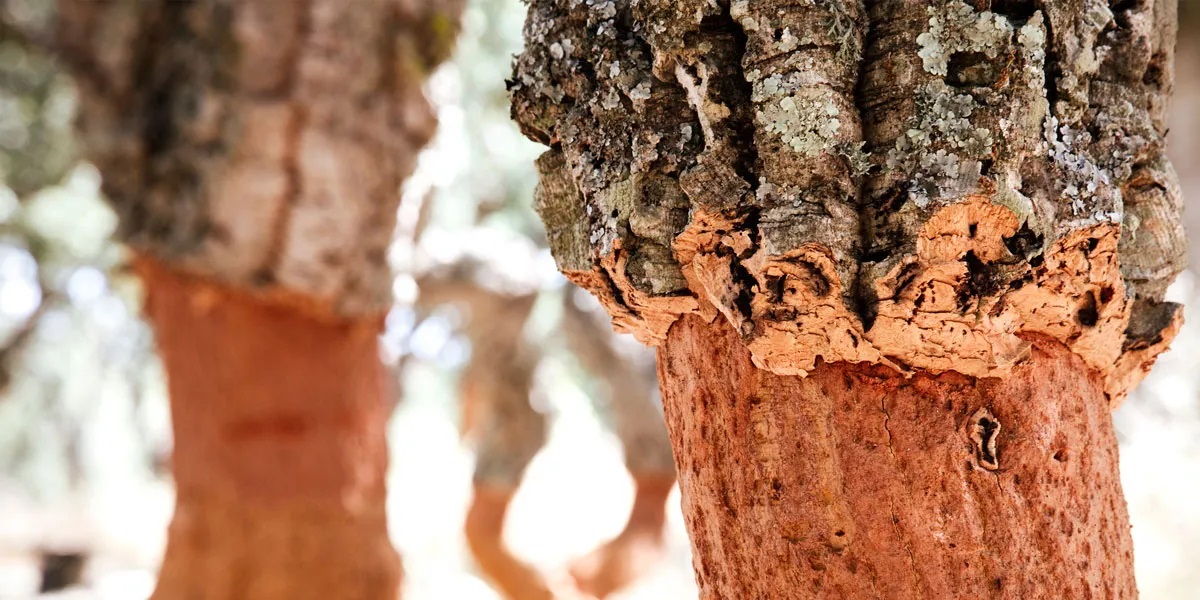
3. Ecological Benefits of Cork Oak Forests
- Biodiversity : Cork oak forests are rich ecosystems, home to a wide variety of plants, animals and insects, including endangered species.
- Role in the fight against desertification : These forests protect the soil from erosion, improve water retention and contribute to the fight against desertification in the Mediterranean regions.
- Carbon storage : Cork oaks absorb and store carbon dioxide, helping to reduce greenhouse gases in the atmosphere.
- Like other trees, cork oaks transform CO2 into oxygen through photosynthesis. However, they capture and store additional CO2 each time the bark is harvested and regenerated. Harvested cork oaks absorb 3 to 5 times more CO2 than unharvested trees! Cork forests are estimated to retain around 14.4 million tonnes of atmospheric CO2 each year.
4. Life Cycle and Recyclability
- Natural and biodegradable material : Cork is completely natural and can decompose without releasing toxic substances. It is also recyclable and can be reused in various products.
- Low carbon footprint : The process of producing and transforming cork requires little energy compared to other industrial materials. Additionally, waste cork can be recycled to produce new items.
5. Durable Use
- Product Durability and Longevity : Cork products, such as wine corks, building materials, and decorative items, have a long lifespan, reducing the need for frequent replacement.
- Versatile Products : Cork is used in a variety of sectors, from construction to fashion, agriculture and design, making it a versatile and valuable material.
6. Social and Economic Impact
- Source of income for rural communities : The cultivation and harvesting of cork provides employment and stable income in rural areas, contributing to local economic development.
- Preservation of traditional practices : Cork harvesting is often carried out using traditional methods, which helps preserve local know-how and cultural practices.
IV. Conclusions
In summary, the cultivation of the cork tree is an agricultural and forestry activity of great importance, both economically and ecologically, in the Mediterranean regions and a great biodiversity in forests composed of cork oaks . It also requires sustainable management practices to guarantee the sustainability of this precious resource.
In addition, cork is a versatile material which has many applications in plant cultivation. Its unique properties make it an excellent choice for improving plant growth, managing soil moisture, and creating optimized growing environments.
Last but not least, cork is a sustainable and eco-friendly material due to its renewable source, non-destructive harvesting practices, natural life cycle and recyclability, as well as its positive social and economic impact. These features make it an environmentally friendly and sustainable choice for a variety of applications.
Related products
Ultimate Coco & Cork 50l - DNA & Mills
Only take away in our stores.
No sending for this article.
Ultimate Soil & Cork 50l - DNA & Mills
Only take away in our stores.
No sending for this article.
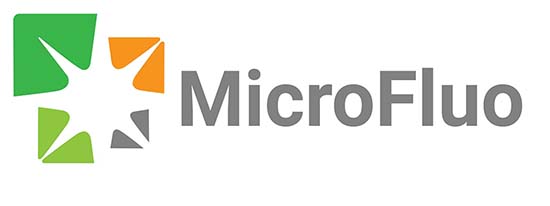

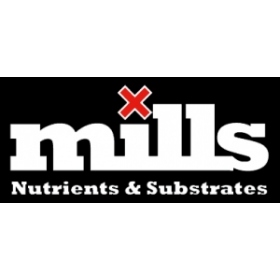

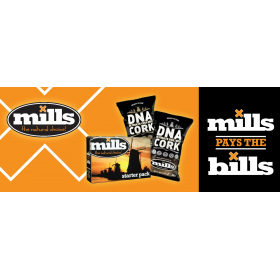
Comments (0)